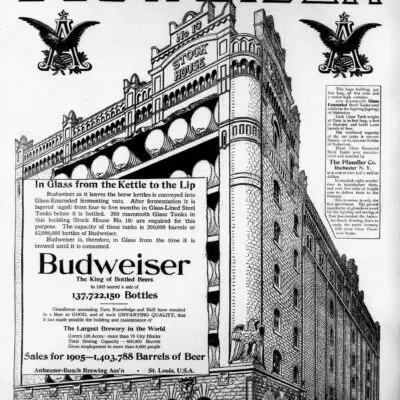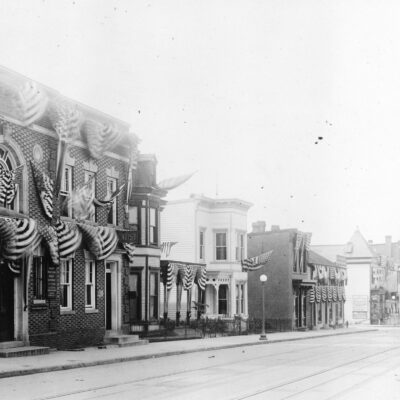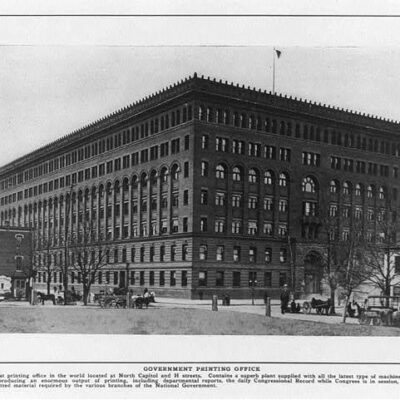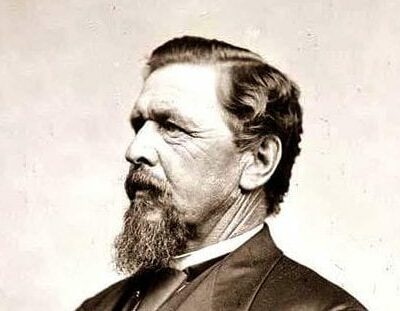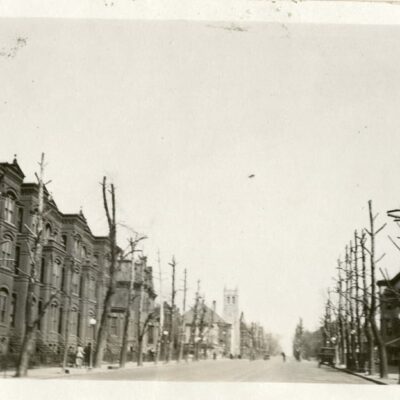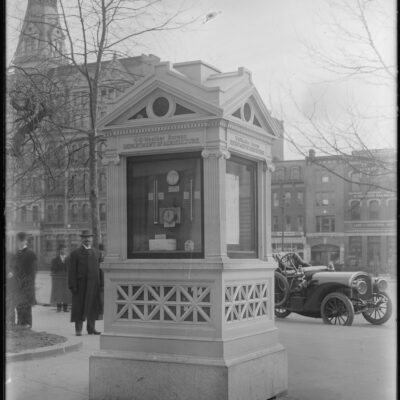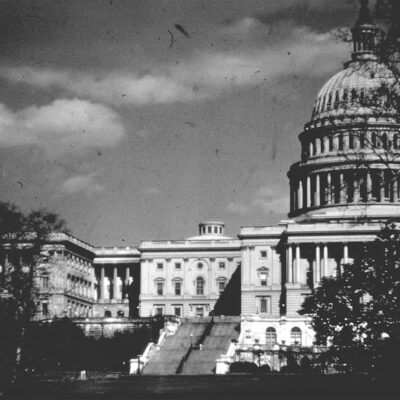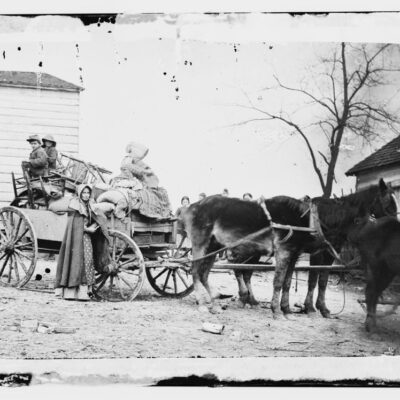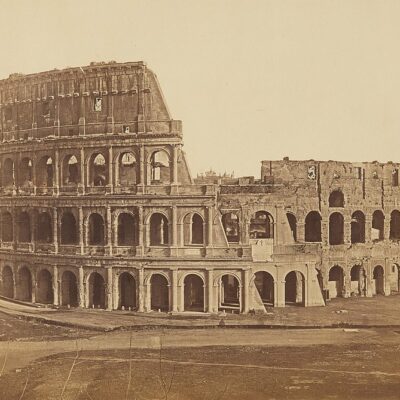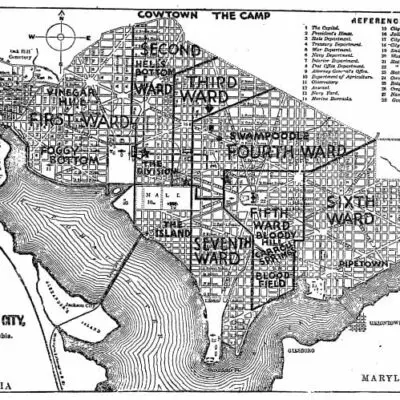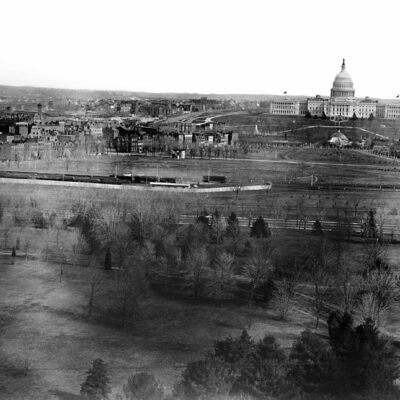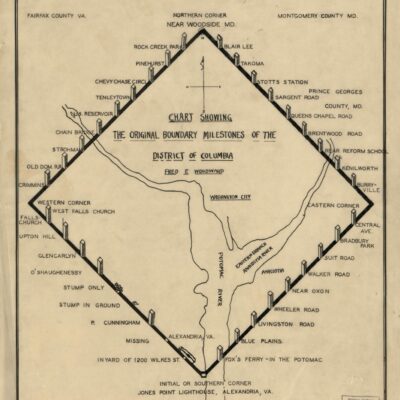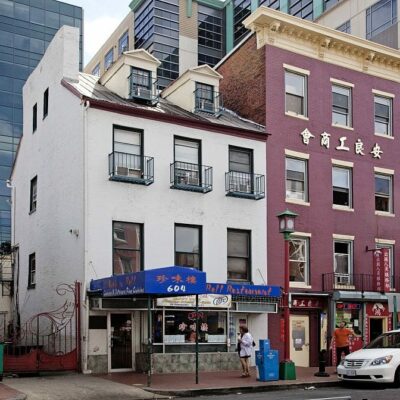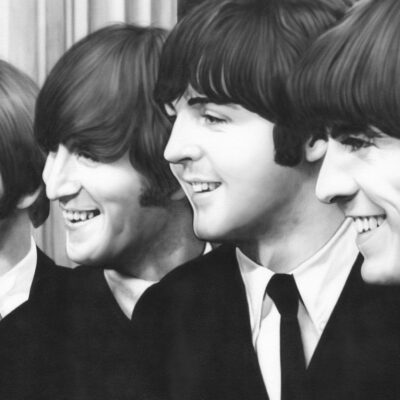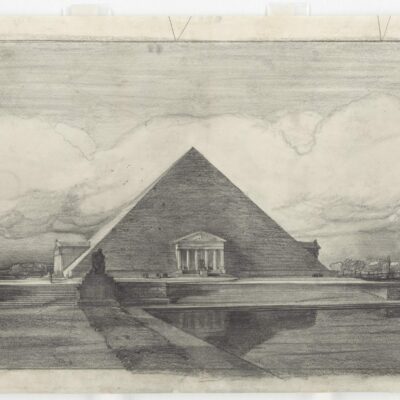To close out our week of baseball posts, we are going to highlight an old local baseball hero … one who you might not know.
Joe Judge was Washington’s first baseman for almost 18 seasons, starting in 1915 up until 1932 (he played his final seasons with the Brooklyn Dodgers and Boston Red Sox). He was a fine ball player, batting .300 or higher in nine seasons and set a number of American League records, including 2,056 career games and a .993 fielding percentage at first base. Joe was a tremendous fielder and strong hitter, but his soft-spoken style and dead-ball era depressed power numbers really hurt his chances to get into the Hall of Fame.
His talent on the field speaks for itself, but something that makes Joe Judge really special to Washington is the fact that he really embraced the city and adopted it as his home. Originally from New York, he was one of the few Nationals/Senators that stayed in the area after the end of each season. A 1927 article in the Washington Post lists Judge, Bucky Harris, Walter Johnson, Sam Rice and Ossie Bluege as the only players that would winter in D.C. following the baseball season.
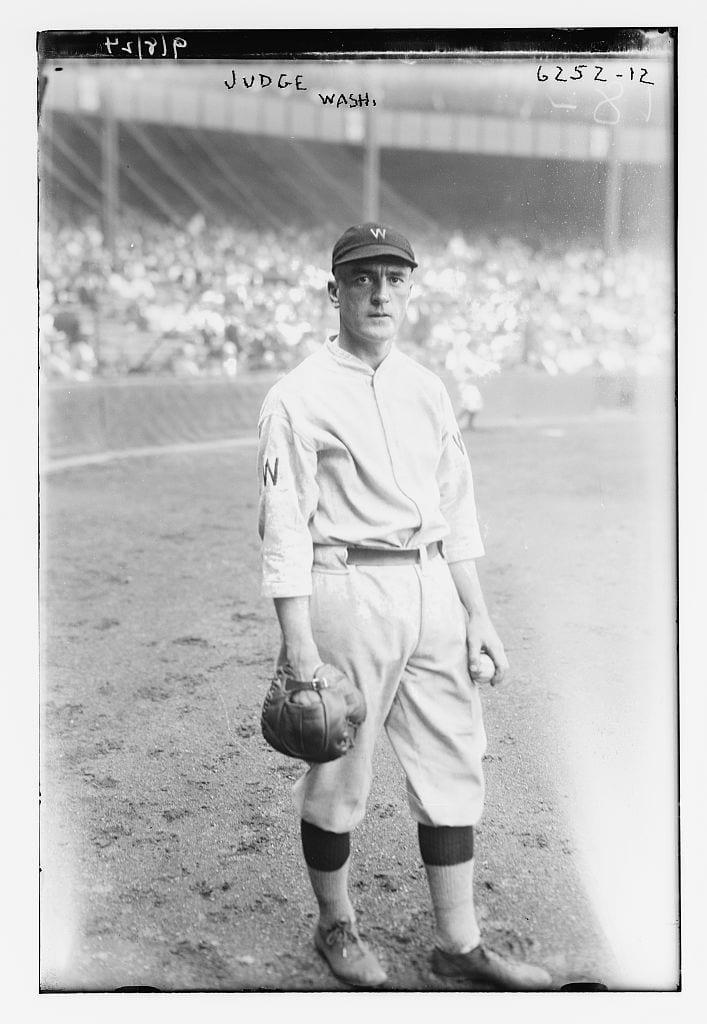
Another story about Joe pegs him as being responsible for one of the scariest moments in 1920s Washington baseball, when he was directly responsible for injuring our star, Walter Johnson (unintentionally of course). The Washington Post reported on the spring training accident the day after the freak accident, March 12, 1927.
SARASOTA, Fla., March 11.–The injury of Walter Johnson was the main topic of conversation among the nationals here this morning. Joe Judge being particularly shocked at the news that the old master suffered a broken bone of his left ankle, for it was a blow from Joe’s bat which did the damage. Incidentally, this was the second offense for the first baseman for only a few days previously, he had shot one back at Johnson which landed on his other ankle, but with no bad effects except a swelling. the latest accident to the veteran pitcher has cast gloom over the entire camp.
I’m sure poor Joe was absolutely mortified to hear the news that he had broken the ankle of his teammate, friend and roommate. Johnson was already 39 years old and probably didn’t have much left in him, but this accident might have accelerated his exit from the game. He eventually returned, but had his worst season ever, finishing with a 5-6 record and an ERA of 5.10. That was the Big Train’s last season.
Judge played several more years with Washington and, after the 1932 season, left to play for the Brooklyn Dodgers after being passed up for the Senators’ managerial position.
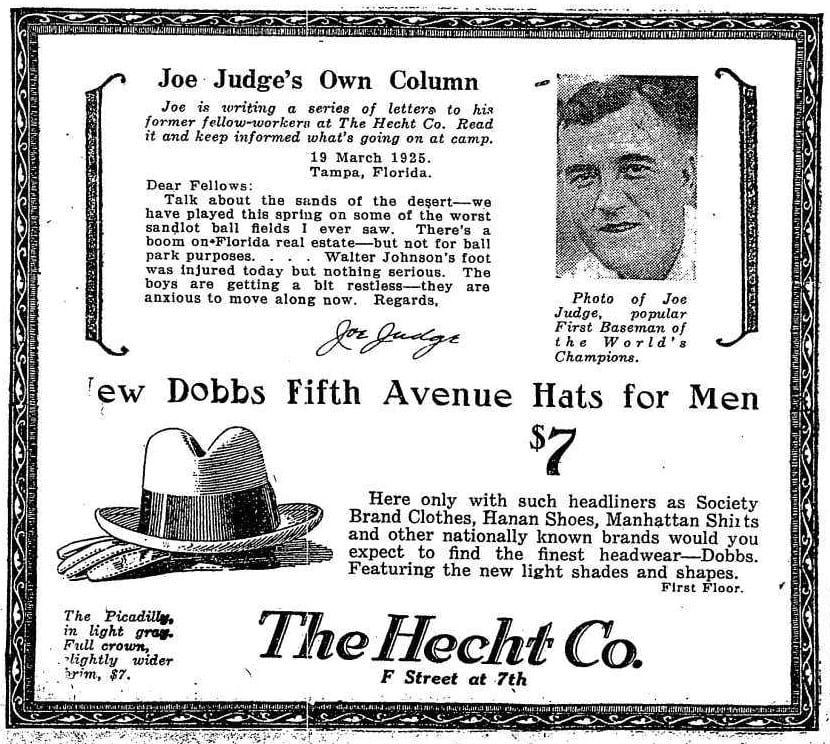
He lasted only a few more years in the twilight of his career, closing it out with the Red Sox in 1934. By 1936, the baseball itch was back and he took a position as the head coach at Georgetown, coaching until 1958 — except 1945-46, when he took an assistant position with the Senators.
Mark Gauvreau Judge wrote a great piece in November 2001 titled “Why Grandpa Should Be in the Hall of Fame,” arguing for the inclusion of his grandfather in Cooperstown.
As for stamina, iron man Cal Ripken has nothing on Judge. Who’s Who in Baseball put it this way, “as a member of the Senators Judge became one of the most popular players that ever wore a Washington uniform. He covered first base through the administrations of Presidents Wilson, Harding, Coolidge, and Hoover.” Until 1990, when tied by George Brett, Louis Wilson and Frank White, he and Sam Rice topped the list of Most Seasons as Teammates -18. Up to his death at 68 in 1963, a year before I was born, he was known and recognized by virtually everyone in Washington. At a 1953 Old Timers Game, Mel Allen introduced him as “that other Washington Monument.”
…
Grandpa spent most of the rest of his life in Washington; 18 years with the Senators, two with the Red Sox in the twilight of his career, and 19 coaching at Georgetown University. Until recently, his daughter, my aunt Anita, still lived in the house he bought in Chevy Chase, Maryland. She is now in an assisted-living home, but she remembers the Senators’ victory in the 1924 World Series, when she was five years old. “I remember that parade down Pennsylvania Avenue. They went to the White House. Old Calvin Coolidge had his picture taken with them and somebody, I think it was the Hecht Company, gave them all clothes. They went in and got a suit for free. And they’d go into a restaurant and try to pay the bill, and forget it. It was free. I mean, they were treated like royalty. We went to the theater — in those days they had vaudeville. They stopped the vaudeville, stopped everything, put the spotlight on where we were sitting and introduced him.”
He deserved it: he hit .385 in the Series.
…
Joe Judge died in 1963, when he suffered a heart attack while shoveling snow. Sportswriters mourned the loss of what one called “the Senators’ all-time great first sacker.” But by then he was largely forgotten. The Senators were about to be moved, JFK was in the White House, and the Beatles invasion was just a year away. The age of celebrity was beginning, and there wouldn’t be any time for a player like Joe Judge. It’s too bad he didn’t get drunk more or maybe get arrested. His reticence, and his one flash of anger captured in print, buried his name. To the shame of the Hall of Fame, it might stay that way forever.
Joe Judge lived at 3333 Tennyson St. NW (Zillow) in Chevy Chase, right on the Maryland border, with his wife Alma and children. I suspect that Joe and Alma made the decision to move up to the relatively new suburb of Chevy Chase after reading a few articles in the newspaper similar to this one and maybe given his prominence, he even met with Fulton R. Gordon, one of the big local developers (i.e., guy that did a lot of Chevy Chase and Columbia Heights).

